Discover Iceland’s best waterfalls on an incredible journey through its dramatic landscapes. Along the western and southern coasts of this Nordic island, you’ll encounter some of the world’s most breathtaking waterfalls. Each waterfall has its unique charm, and we invite you to join us on an adventure as we explore these natural wonders that make Iceland a top destination for waterfall enthusiasts.
Iceland, known as the “Land of Fire and Ice,” is famous not only for its stunning landscapes but also for its abundance of majestic waterfalls. In Icelandic, these cascading wonders are called “fossar.” They are a vital part of any Icelandic experience due to their diversity and number. As you embark on this journey through Iceland, you’ll come across various waterfalls, each with its special allure and importance. From the mighty Skógafoss to the enchanting Seljalandsfoss, you’ll be discovering the best waterfalls Iceland has to offer. These waterfalls are not just natural wonders; they are also symbolic gateways to Iceland’s geological and cultural stories, making them an essential and captivating aspect of any trip to this magical island.
Kirkjufellsfoss: Church Mountain falls
Kirkjufellsfoss, one of the best waterfalls in Iceland, is located on the stunning Snæfellsnes Peninsula. It gets its name from the nearby Kirkjufell Mountain, which means “Church Mountain Falls” in English. The waterfall flows gracefully down a series of steps, creating a peaceful and beautiful scene. What makes Kirkjufellsfoss special is that it offers a fantastic view of Kirkjufell Mountain, which is famous as one of the most photographed mountains in Iceland.
To get to Kirkjufellsfoss from Reykjavik, you’ll embark on a scenic 120-mile (193-kilometer) journey. Along the way, you’ll pass by charming fishing villages, rugged coastlines, and unique rock formations at Arnarstapi. When you arrive at Kirkjufellsfoss, you’ll not only see the stunning waterfall but also the iconic Kirkjufell Mountain in the background. It’s a dream spot for photographers, offering many angles to capture the beauty of both the falls and the mountain.
Visitors often spend a couple of hours at Kirkjufellsfoss, immersing themselves in the enchanting atmosphere and enjoying the geological wonders of this Icelandic landmark. The journey to this remarkable location is a visual feast, with volcanic fields and coastal views that make it a delightful exploration of Iceland’s natural wonders.
Seljalandsfoss: The Enchanting Veil
Head south to find Seljalandsfoss, one of the best waterfalls in Iceland. It’s special because you can walk behind the falling water. As you walk behind it, you’ll feel the mist on your face, and if you’re lucky, you’ll see the waterfall lit up by the soft colors of the Icelandic sunset.
Located about 75 miles (120 kilometers) from Reykjavik along the southern coast, the journey to Seljalandsfoss reveals Iceland’s diverse landscapes. Along the way, you’ll come across the beautiful Seljalandsá River, which feeds the waterfall, winding its way through lush greenery.
What makes Seljalandsfoss unique is that you can walk behind it, getting up close and personal with the waterfall. It’s about 197 feet (60 meters) tall and has a special place in Icelandic folklore, believed to be home to mystical creatures. This legend makes the visit even more fascinating, connecting nature with culture.
Walking behind the falls offers an incredible and immersive experience. The path provides panoramic views of the area, including the Seljalandsá River. It’s a good idea to wear waterproof clothing, especially because Icelandic weather can be unpredictable. Spending a few hours at Seljalandsfoss gives you enough time to explore, enjoy the natural wonder, and appreciate the mix of myth and nature that makes this Icelandic waterfall so iconic.
Skógafoss: Where Power Meets Grace
Skógafoss, one of the best waterfalls in Iceland, is a mighty display of nature’s beauty. Located about 18 miles (30 kilometers) east of Seljalandsfoss along Iceland’s southern coast, the journey there offers scenic views of the country’s diverse landscapes, including mountains, glaciers, and wide fields.
Skógafoss is an impressive waterfall, dropping about 197 feet (60 meters) with incredible force. According to legend, a Viking buried a treasure chest behind the waterfall, adding to its mystique. As you approach, the sound of the crashing water becomes a nature symphony that complements the stunning sight.
What sets Skógafoss apart is that you can climb a staircase to see the waterfall from above. This vantage point provides a breathtaking view of the landscape and the waterfall’s sheer power. Skógafoss is also the starting point for the Fimmvörðuháls trail, a famous trek leading to Þórsmörk, offering more chances for exploration.
Plan to spend a few hours at Skógafoss to fully enjoy your visit. Explore the viewing platforms, climb the staircase for a different view, and immerse yourself in the natural beauty of this iconic Icelandic waterfall. Whether you’re drawn to legends, geological wonders, or the simple splendor of nature, Skógafoss promises a memorable and enriching experience.
Gullfoss: The Golden Waterfall
Gullfoss, one of the best waterfalls in Iceland, is a stunning natural wonder. Located about 56 miles (90 kilometers) northeast of Skógafoss, it’s an essential stop on Iceland’s Golden Circle route. The journey to Gullfoss treats you to Iceland’s diverse landscapes, with views of mountains, geysers, and geothermal features.
Gullfoss is famous for its incredible power and beauty, as it plunges 105 feet (32 meters) down a two-tiered drop into a rugged canyon. Fed by the glacial Hvitá River, the waterfall gets its name, “Golden Waterfall,” from the golden hues that often glisten in the mist, especially on sunny days. Gullfoss isn’t just a feast for the eyes; it’s also a testament to the untamed natural forces that have shaped Iceland’s unique geography.
Gullfoss has a remarkable history tied to environmental preservation. In the early 20th century, there were plans to use the waterfall’s energy for hydroelectric power. However, the landowner’s daughter, Sigríður Tómasdóttir, fiercely fought to protect Gullfoss. She even threatened to throw herself into the falls. Thanks to her efforts, Gullfoss remains in its natural state.
To fully enjoy Gullfoss, spend at least an hour exploring the viewpoints and paths around the waterfall. The site offers different angles to see the falls, and in winter, it transforms into a snowy wonderland, making it even more captivating. Whether you’re interested in its rich history, geological significance, or sheer beauty, Gullfoss offers an immersive and memorable experience.
Hraunfossar and Barnafoss: Lava Falls and Children’s Falls
Hraunfossar and Barnafoss, two of the best waterfalls in Iceland, are a unique and fascinating pair. They’re located about 22 miles (35 kilometers) from Gullfoss and offer a glimpse into Iceland’s exceptional geology. The journey to Hraunfossar and Barnafoss treats you to Iceland’s captivating landscapes.
Hraunfossar, which means “Lava Falls,” is a series of waterfalls that flow from beneath a porous lava field. Unlike typical waterfalls that tumble over rocks, Hraunfossar’s beauty lies in the water seeping out from beneath the ancient lava flows. This creates a mesmerizing and almost otherworldly sight. The crystal-clear glacial water against the dark lava rocks is especially picturesque in winter when the landscape is covered in snow.
Barnafoss, or the “Children’s Falls,” is a nearby waterfall with an intriguing legend. It’s said that two children tragically fell into the river while crossing a natural stone bridge over the falls. In her grief, their mother destroyed the bridge to prevent further accidents. You can still see the remains of the stone bridge today, adding a touch of folklore to the site.
Exploring both Hraunfossar and Barnafoss takes just a couple of hours. There are well-maintained paths and viewing platforms that offer excellent vantage points to admire the unique beauty of these waterfalls. The contrast between the rugged volcanic landscape and the flowing water creates a striking visual effect, making Hraunfossar and Barnafoss a must-visit on any Icelandic road trip.


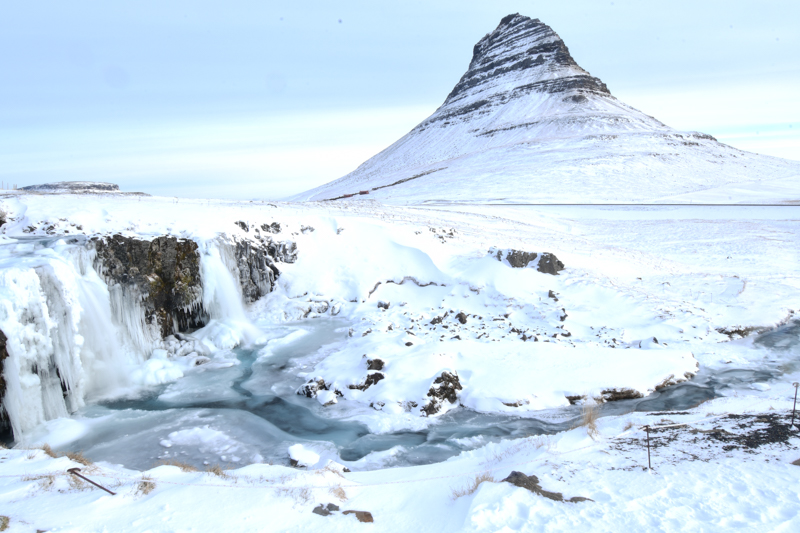
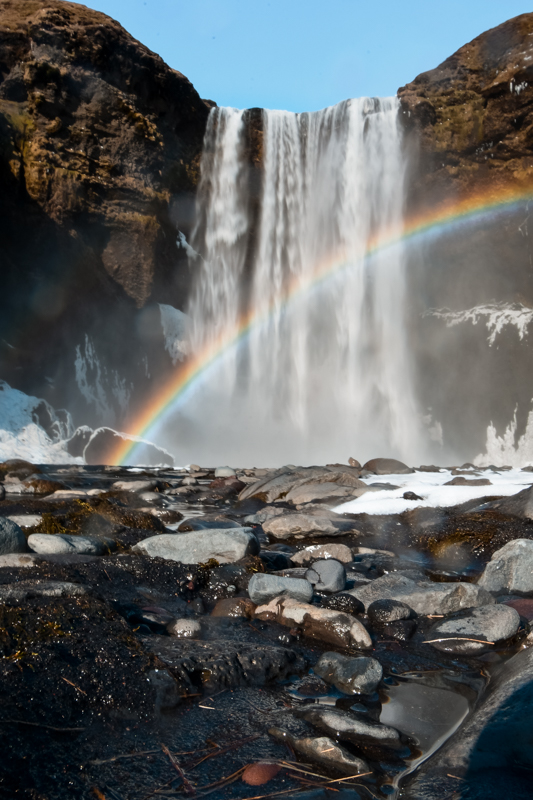
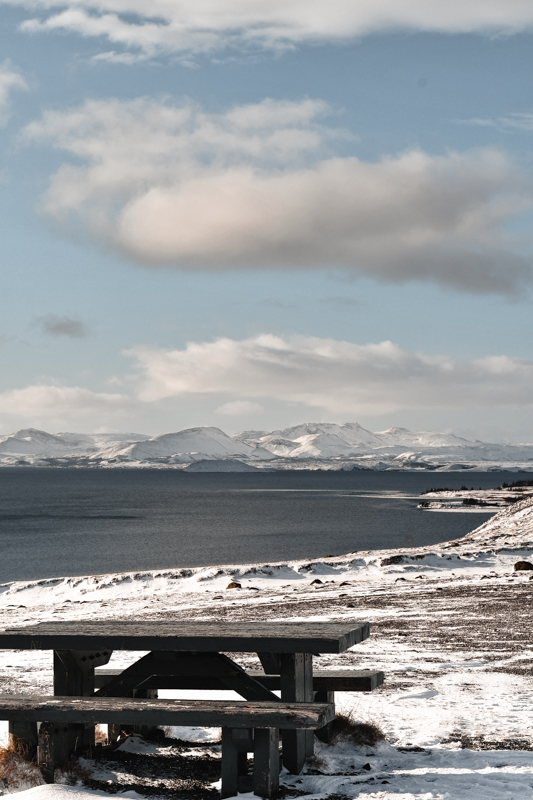
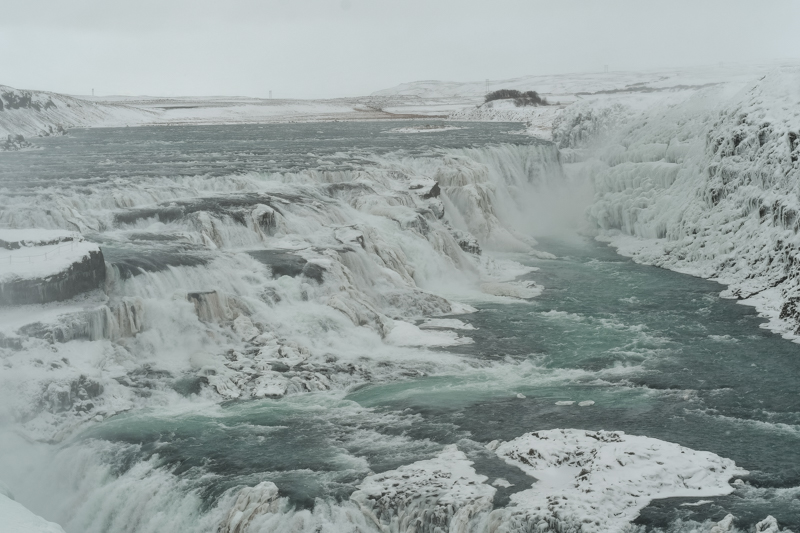
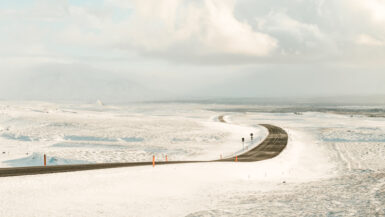
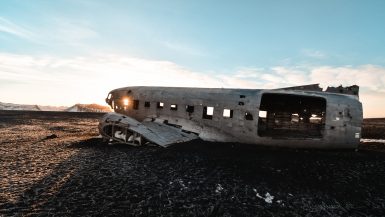
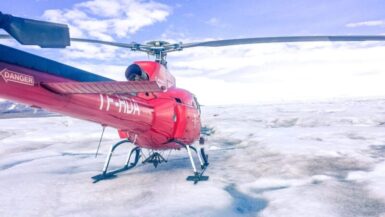
Leave a reply